Czech-style pickled sausages, known as utopenci, count among the Czech pub classics. Anyone who has tasted this interesting food understands its irresistible indulgence well, and you would hardly find a similar recipe in any other national cuisine! Let's make utopenci sausages together!
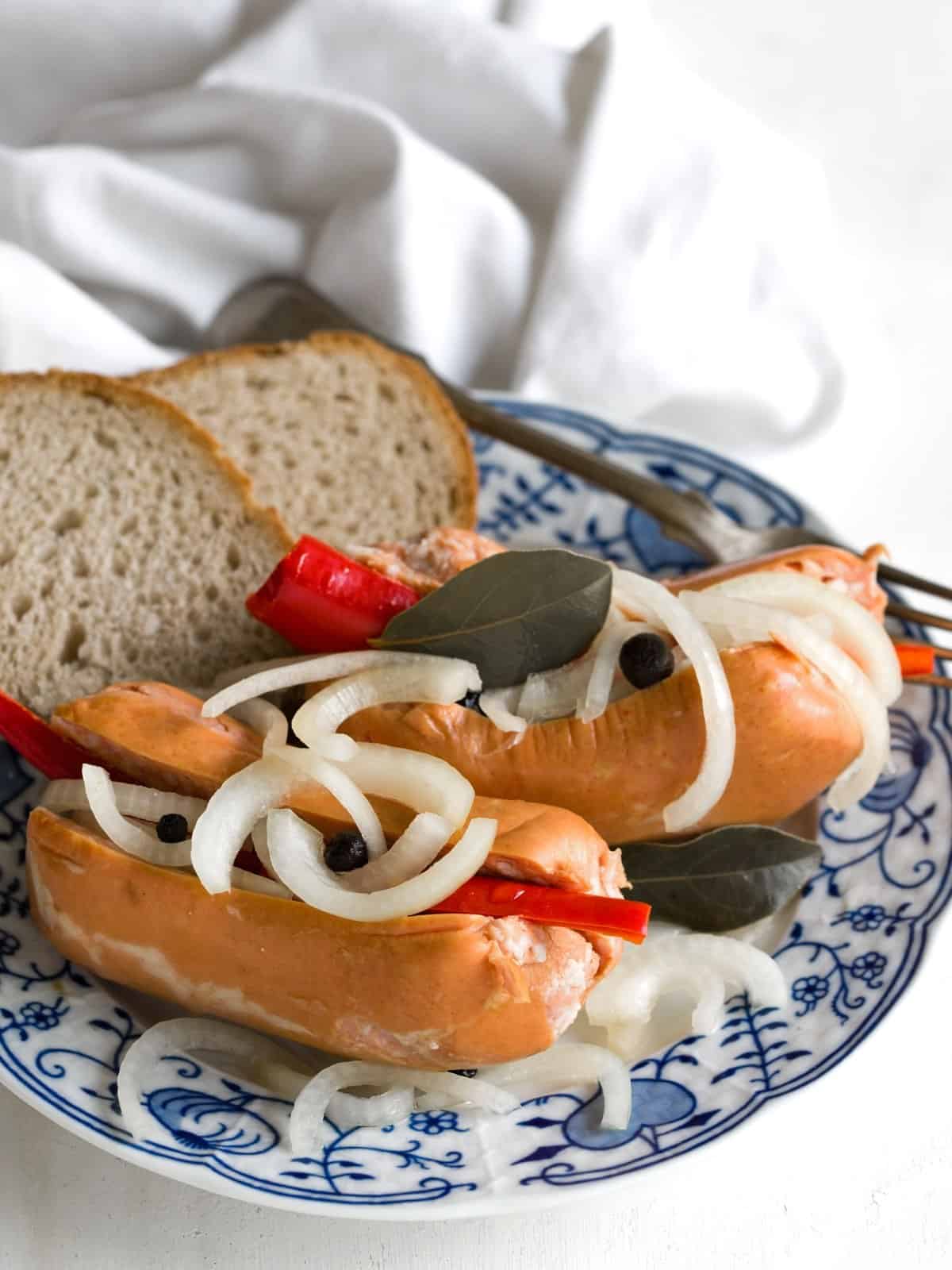
➜ What are Czech pickled sausages?
Czech pickled sausages (utopenci) are a type of soft sausages immersed in sour-salty brine made with water, vinegar, and spices. Sausages are accompanied by sliced onions and chili peppers, all stuffed into a mason jar, and covered with chilled brine.
Now comes the waiting period of one to two weeks, during which the dish must rest in the fridge in order to soak up the pickling liquid.
Interested in Czech cuisine? Discover more authentic Czech food!
➜ What does mean the Czech word utopenci?
The word utopenci in the sense of sausages steeped in brine is often translated as drowned men, drownies, or water logs.
MY TIP: Also try this sausage goulash, in Czech burtgulas (it tastes fantastic!)
➜Ingredients
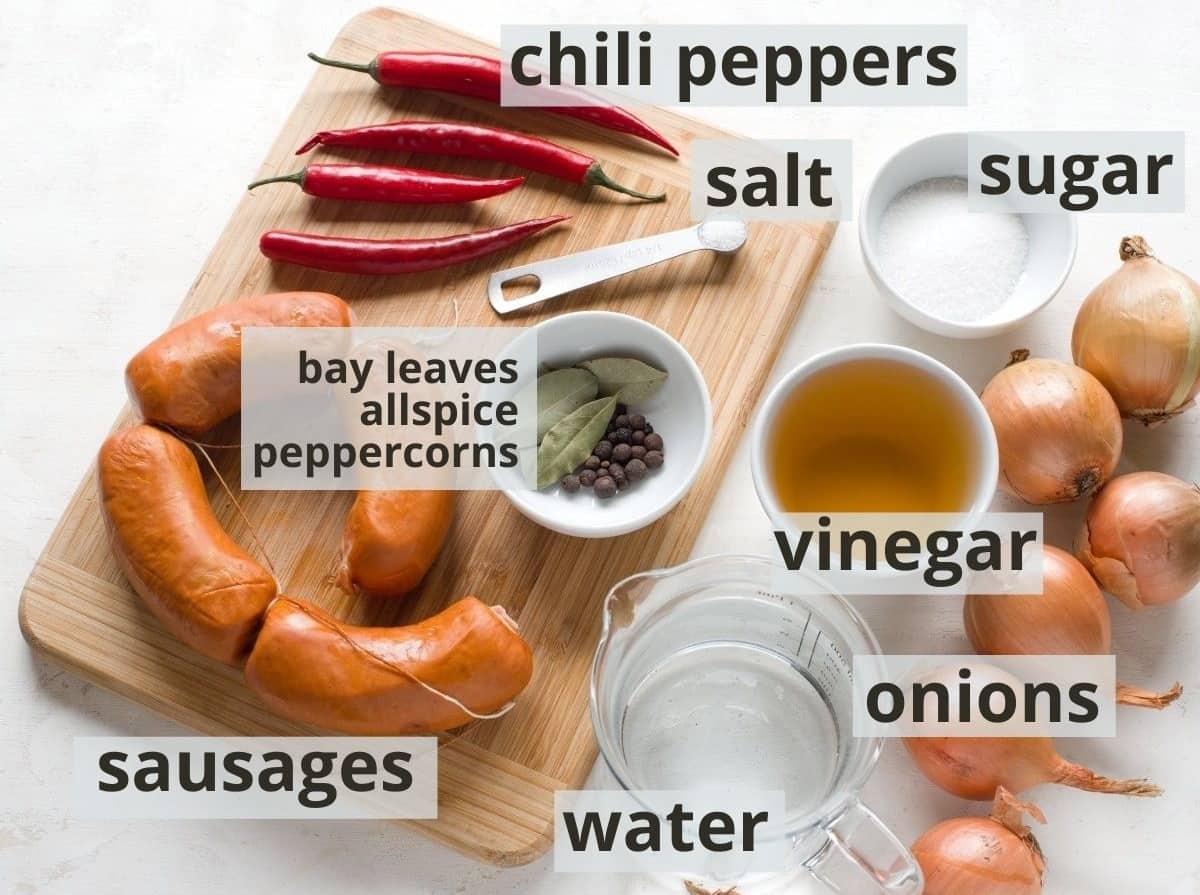
To make Czech-style pickled sausage at home, you will need:
- Polish sausage; such as soft short kielbasa/sausage. Czechs use so-called spekacky sausages. You could get this type of sausage in a Polish or European deli if you are based in the US. Another good choice is to buy German-style sausages called „knackwurst“. This type of meat sausage is processed in two steps: first, it is cooked and then smoked. Thus, these are not raw, uncooked sausages.
- Onions; regular yellow onions
- Red hot chili peppers; for a spicy taste. The hotness of the chili pepper depends on your preference, follow your taste buds!
Here is what the Czech spekacek sausage looks like:
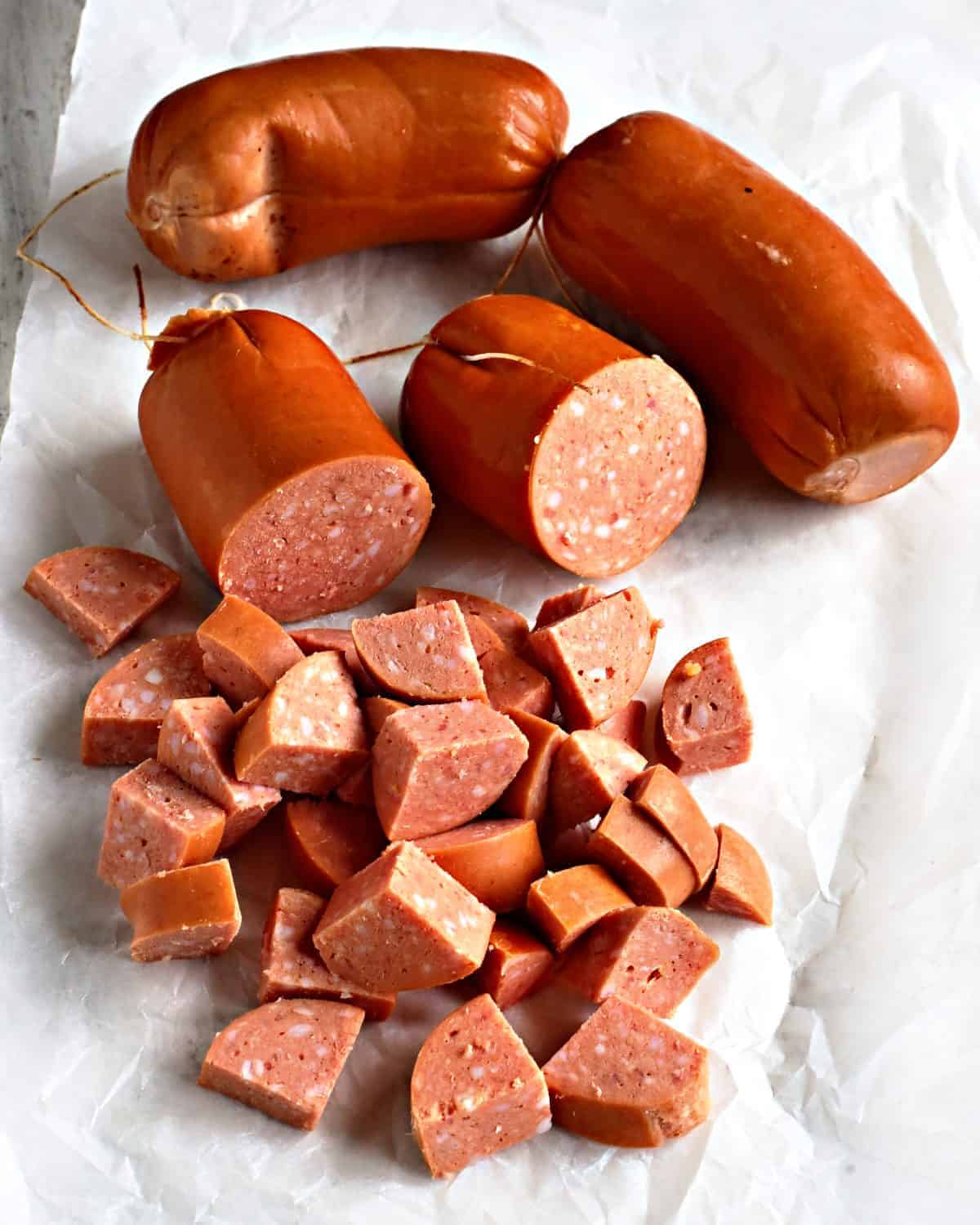
Brine for pickling:
- Water
- Salt
- Sugar
- White vinegar; I used Czech vinegar, which is light yellow in color and contains 8% acetic acid, so it is quite sour. In the recipe card below, I list white vinegar, commonly available in the USA, which is around 5% acidity.
- Allspice berries
- Black peppercorns
- Bay leaves
✅ You’ll find the exact amount of ingredients below in the recipe card, which you can also print out.
➜ How to make pickled sausages
STEP 1: First, cook the brine: In a pot, combine water, sugar, salt, bay leaves, allspice, and black pepper. Bring to a boil, lower the heat and simmer for about three minutes until everything comes together. Remove from the heat and let the hot vinegar mixture cool almost wholly; the brine may be lukewarm but not hot.
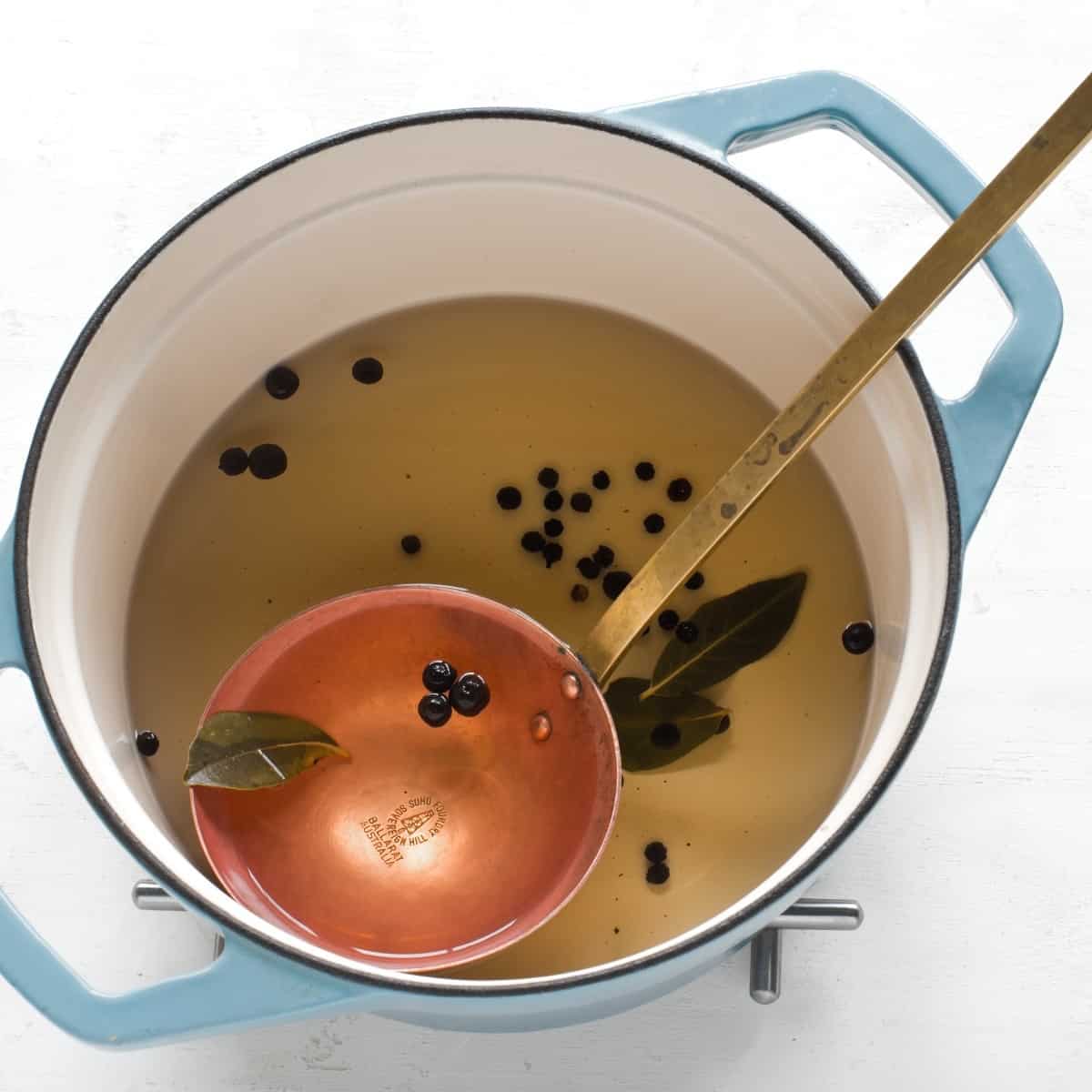
STEP 2: In the meantime, start preparing the sausages. Peel off a thin casing layer and cut them lengthwise, but do not finish the cut. The sausages should open up enough to insert the onion rings and peppercorns into the cut.
TIP: To make the sausages easier to stuff into the jar, cut them into quarters or slice them.
STEP 3: Peel the onion, and cut lengthwise. Then thick-slice the halves of onions into half-rounds.
Clean the hot chili peppers, cut off the stem part, and cut them in half lengthwise. Remove the seeds, or leave them if you want a spicier result.
Carefully open the sausages. Insert a piece of hot pepper and onion rings into the cut.
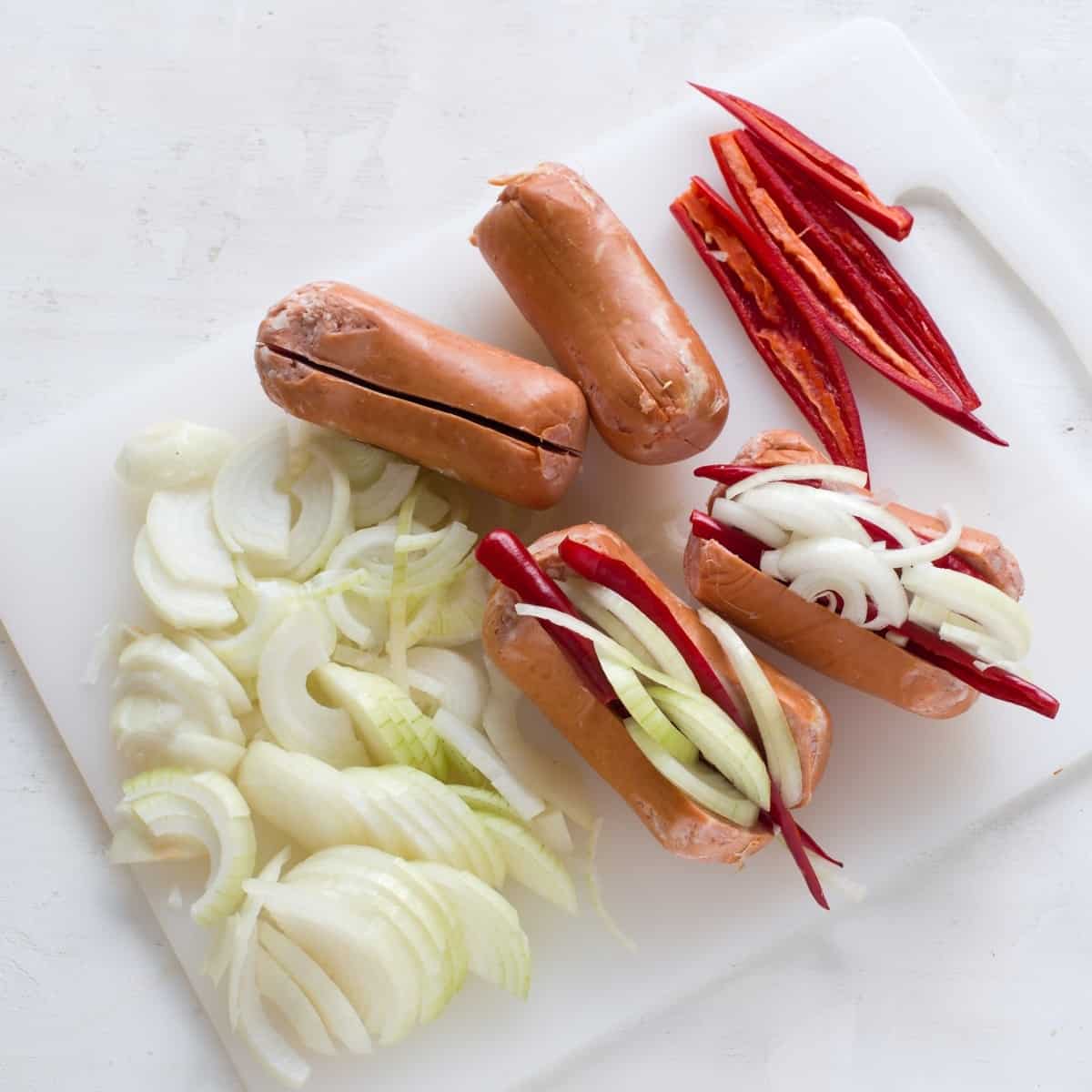
STEP 4: Prepare a two-quart glass bottle (2 liters), such as a pickling jar with a screw cap or clip-on lid. Wash the jar properly with hot water and dry it.
Place onions in the bottom of the jar, then start putting the filled sausages on them. Gradually pour the brine over sausages and add some onions between each layer. Stuff the sausages into the jar to avoid unnecessary gaps in-between.
Cover the top with the rest of the onions and pour in the brine to submerge the sausages, including the onions.
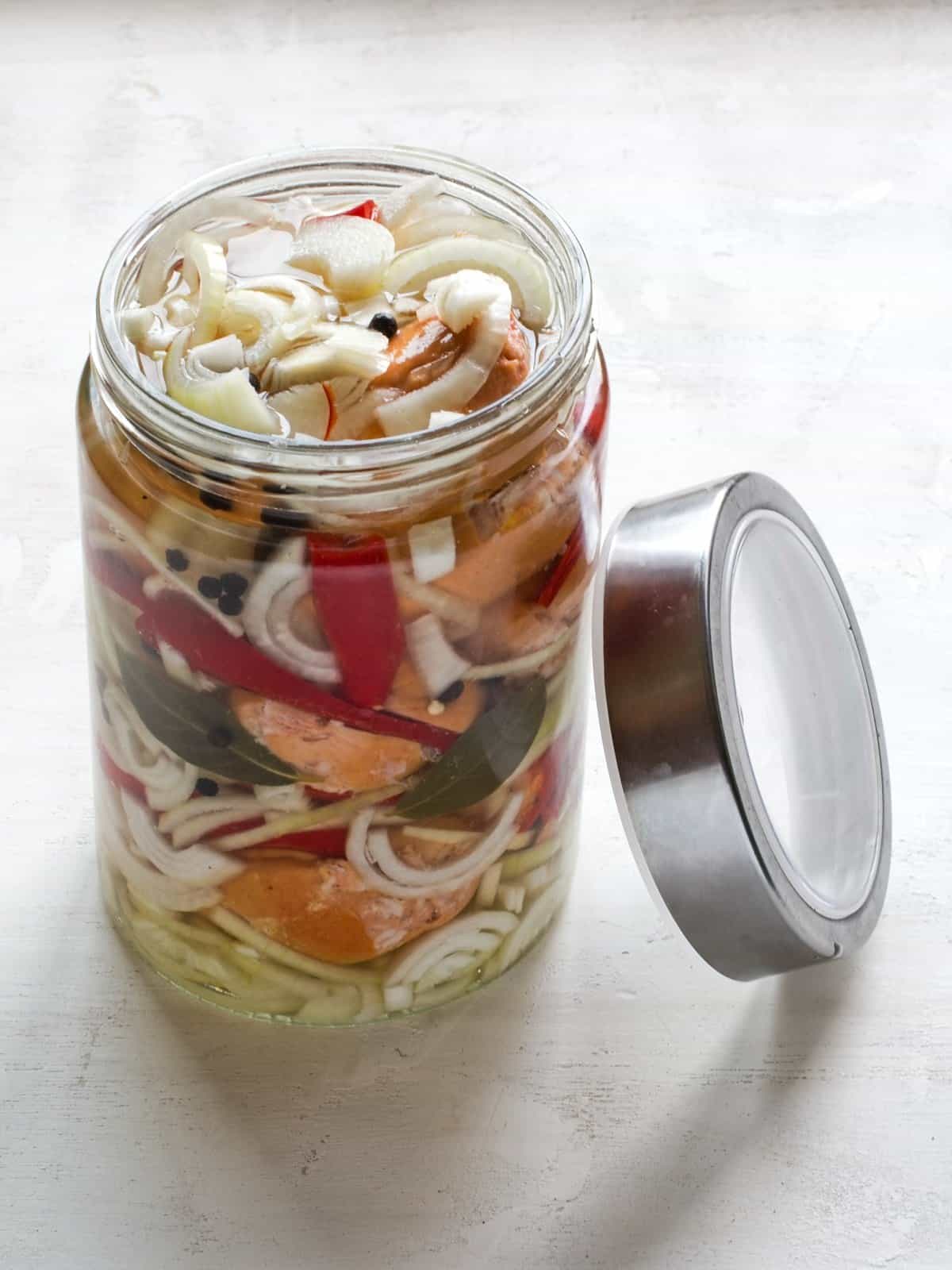
STEP 6: Close the jar with a lid and put it in a fridge to mature. Let the pickled sausages sit in the refrigerator for at least a week, preferably two, before you dig in.
➜ Serving
Enjoy this special dish served cold on a plate with a spoon or two of the pickling liquid. Pickled sausages go great with a slice of fresh bread. Experts add a glass of well-chilled beer!
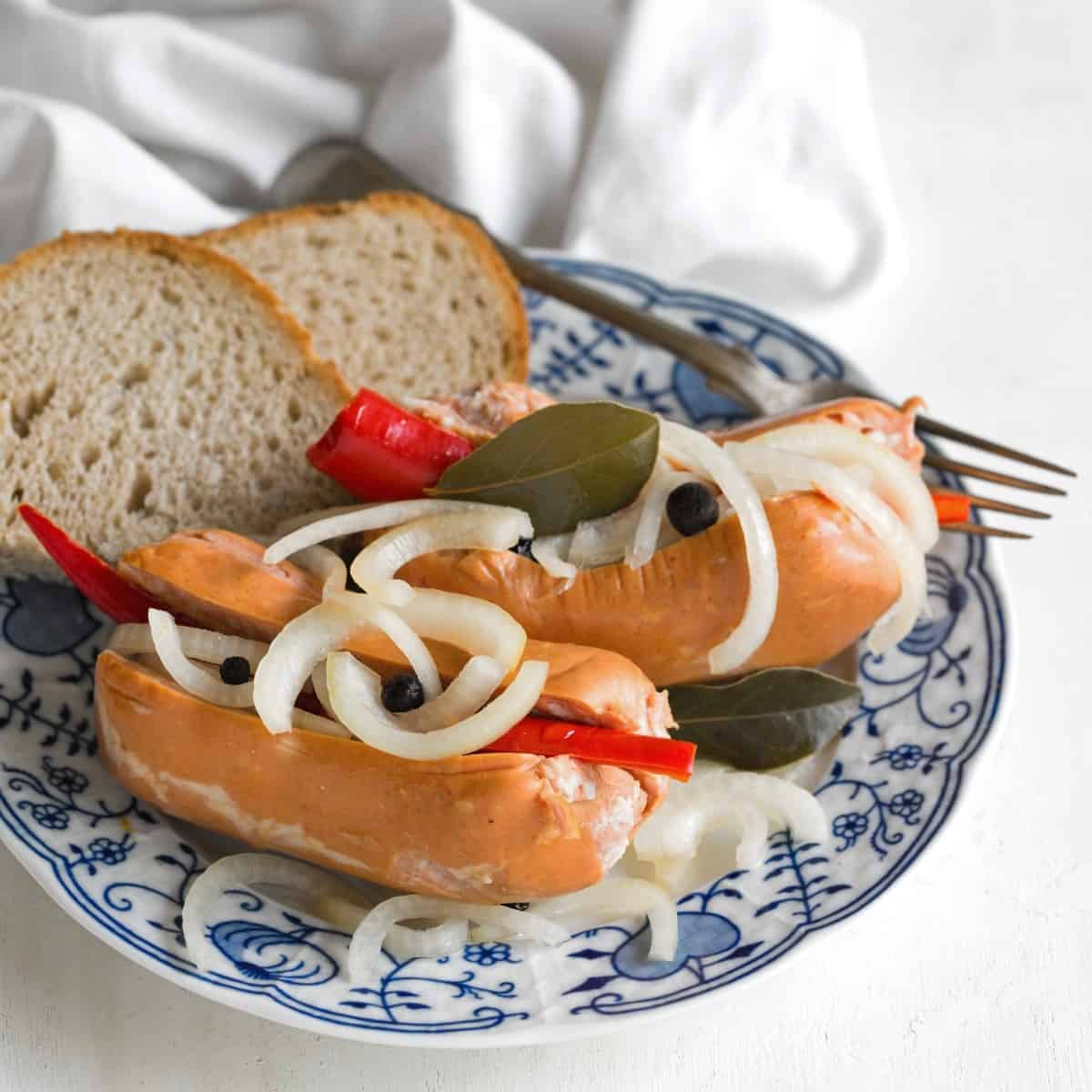
➜ Useful tips
- Always pickle sausages without casings, even if they are only thin. Peel them carefully with a knife. Otherwise, the brine will not have a chance to flavor the sausages properly. The casing acts as a barrier.
- The brine is quite spicy soon after cooking, but much of the taste is taken away by the sausages that will pickle in it. The result will be a wonderful blend of meat sausages and pickled vegetables, dominated by a delectable sour and spicy flavor.
- It's a good idea to put the jar of pickled sausages in the refrigerator somewhere in the back, so you're not tempted to start digging in before their time comes!
More tasty recipes:
- Cevapcici sausages
- Sausage soup
- Fried cabbage and noodles (Haluski)
- Stuffed banana peppers
- Czech pork knuckle (koleno)
- Sausages in beer gravy (Czech "burty na pivu")
➜ FAQs
You can taste the sausages about one week after you have pickled them. They will keep in the fridge for 3-4 weeks, including the time spent pickling.
The pickling process takes at least a week or two for a more tangy flavor. The pickled sausages must be kept in the fridge for the whole time.
Tried this recipe?
Leave a review down in the comments! ⭐⭐⭐⭐⭐
Follow me on Facebook and Pinterest. Subscribe to my newsletter. Send me any question about Czech cuisine to my e-mail. I love hearing your feedback!
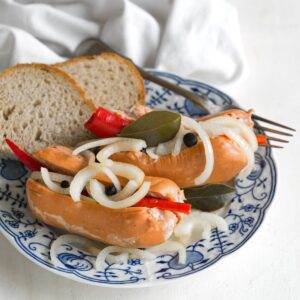
Pickled Sausages (Czech Utopenci)
Equipment
- 1 glass jar 2-quart size / 2 liters
Ingredients
- 5 short sausage soft Polish sausage, about 6 inches / 15 cm long
- 5 red hot chili peppers
- 4 onions
Brine:
- 2 cups water
- 2 cups white vinegar 5% acidity
- ½ teaspoon salt
- 2 Tablespoons granulated sugar
- ½ teaspoon allspices
- ½ teaspoon black pepercorn
- 4 bay leaves
Instructions
- First, cook the brine: In a pot, combine water, sugar, salt, bay leaves, allspice, and black pepper. Bring to a boil, lower the heat and simmer for about three minutes, until everything comes together. Remove from the heat and let the hot vinegar mixture cool almost wholly; the brine may be lukewarm but not hot.
- In the meantime, start preparing the sausages. Peel off a thin layer of the casing and cut them lengthwise, but do not finish the cut. The sausages should open up enough to insert the onion rings and peppercorns into the cut.
- Peel the onion, and cut lengthwise. Then thick-slice the halves of onions into half-rounds.
- Clean the hot chili peppers, cut off the stem part, and cut them in half lengthwise. Remove the seeds, or leave them if you want a spicier result.
- Carefully open the sausages. Insert a piece of hot pepper and onion rings into the cut.
- Prepare a two-quart glass bottle (2 liters), such as a jar with a screw cap or clip-on lid. Wash the jar properly with hot water and dry it.
- Place onions in the bottom of the jar, then start putting the filled sausages on them. Gradually pour the brine over sausages and add some onions between each layer. Stuff the sausages into the jar to avoid unnecessary gaps in-between.
- Cover the top with the rest of the onions and pour in the brine to submerge the sausages, including the onions.
- Close the jar with a lid and put it in a fridge to mature. Let the pickled sausages sit in the refrigerator for at least a week, preferably two, before you dig in.
Notes
- Makes about 5 portions.
- Always pickle sausages without casings, even if they are only thin. Peel them carefully with a knife. Otherwise, the brine will not have a chance to flavor the sausages properly. The casing acts as a barrier.
- To make the sausages easier to stuff into the jar, cut them into quarters or slice them.
- SERVING: Enjoy this special dish served cold on a plate with a spoon or two of the pickling liquid. Pickled sausages go great with a slice of fresh bread. Experts add a glass of well-chilled beer!
- SHELF LIFE: You can taste the sausages about one week after you have pickled them. They will keep in the fridge for 3-4 weeks, including the time spent pickling.
DISCLAIMER: Because I come from Central Europe, my recipes are based on metric units such as grams or milliliters. Check out how I convert metric units to the U.S. system:
Conversion chart

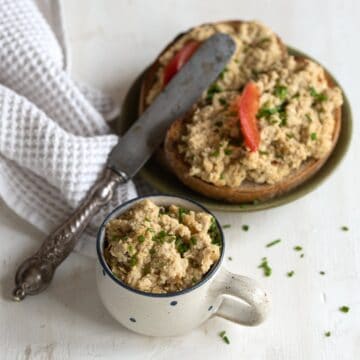
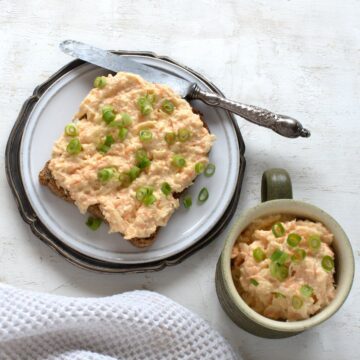
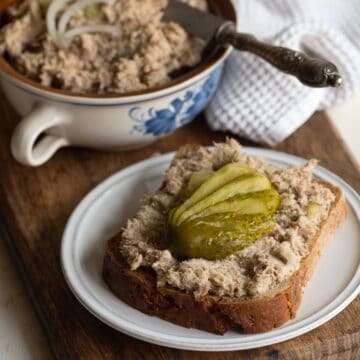
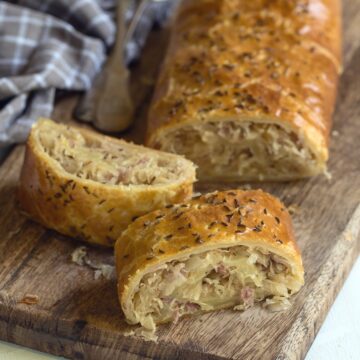
Leave a star rating and review or ask a question!